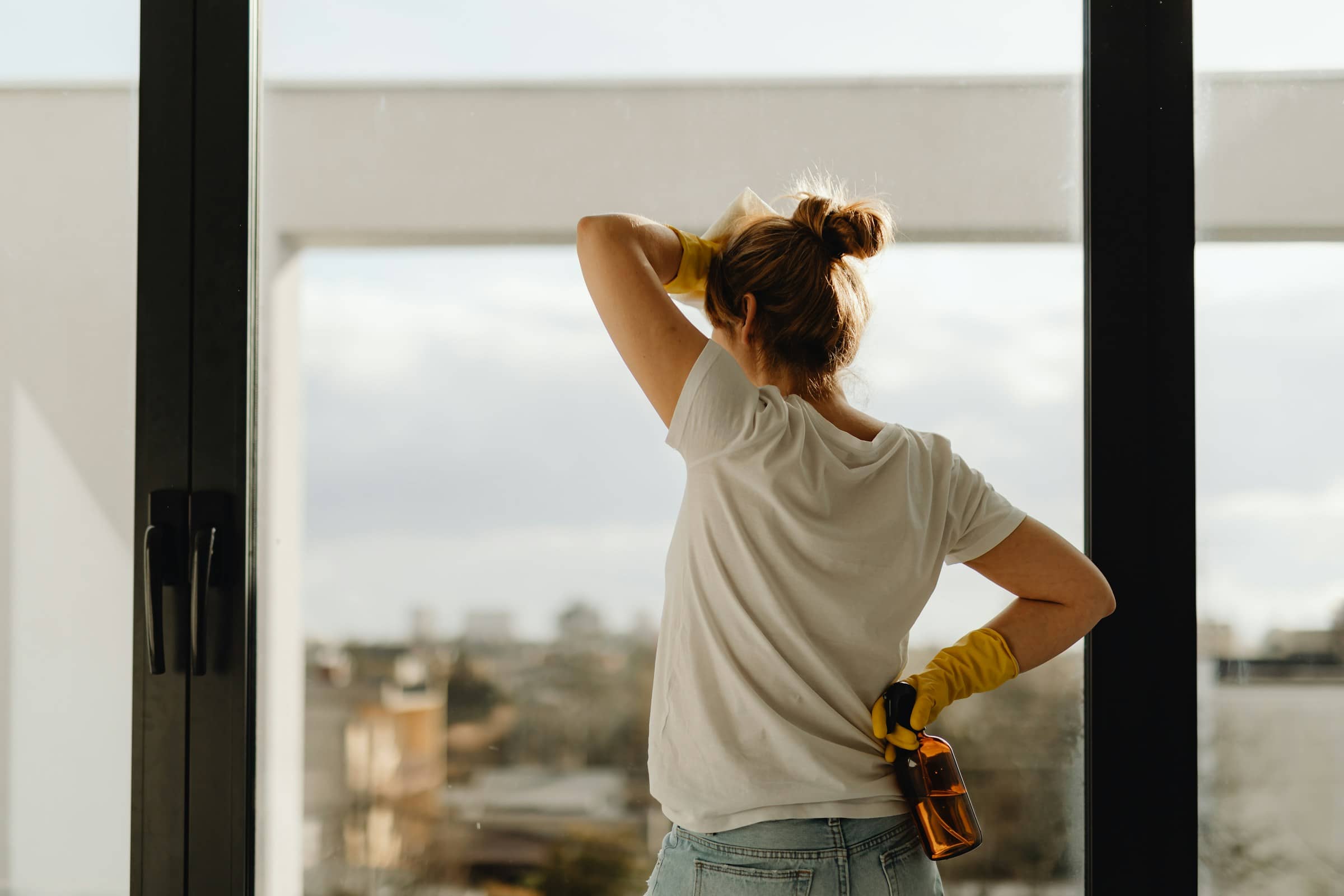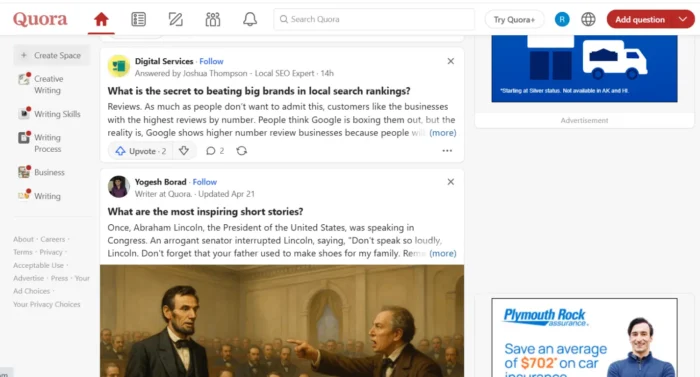12 Life-Changing Decluttering Tips You Haven’t Tried Yet
Most decluttering advice sounds the same after a while. But if you’re looking to move past the usual “donate what you don’t use” approach, this list is for you. Here are 12 creative, practical, and surprisingly effective ways to...


Most decluttering advice sounds the same after a while. But if you’re looking to move past the usual “donate what you don’t use” approach, this list is for you. Here are 12 creative, practical, and surprisingly effective ways to let go of clutter—both physical and mental—that you may not have tried yet.
1. Try the 12-12-12 Challenge
This method is simple and satisfying: find 12 items to throw away, 12 to donate, and 12 to return to their proper home. It’s a great way to make fast, meaningful progress—especially when you’re feeling stuck. Here’s how it works in practice.
2. Set a 15-Minute Timer
If you’re overwhelmed by the idea of decluttering, shrink the task. Set a timer for just 15 minutes and see what happens. You might be surprised how much you can get done—and how often those 15 minutes turn into more once you begin.
3. Focus on What to Keep, Not What to Toss
It sounds simple, but this shift in mindset changes everything. Instead of scanning for items to eliminate, look only for what you truly love and use. Let those things earn their place in your home—then release the rest without guilt.
4. Minimize Your Kitchen with a No-Frills List
The kitchen is one of the easiest places to over-accumulate. But you don’t need every gadget under the sun to cook well. This iconic New York Times list of essential tools shows how little you really need to prepare great meals.
5. Ask, “Does It Spark Joy?”
Made famous by Marie Kondo, this question gets to the emotional core of our clutter. Joy doesn’t mean giddy happiness—it means resonance. If an item feels like dead weight, trust that feeling and let it go. You’re not losing something; you’re making space.
6. Take Photos of Sentimental Items
A meaningful way to declutter items you feel emotionally tied to but never use. Snap a photo, keep the memory, and pass the object on. According to research from the University of Pennsylvania, photographing an item before discarding it can actually increase your sense of comfort and control.
7. The “Poop Rule” (Yes, Really)
It’s weird, but it works. Ask yourself: “If this item were covered in poop, would I clean it and keep it?” If the answer is no, it probably doesn’t mean that much to you. This surprisingly helpful trick is making the rounds for good reason—read the origin story here.
8. Use a Memory Box (But Make It Small)
Designate one small container—shoebox-sized or smaller—for sentimental objects. That’s it. When it gets full, something has to go before something else comes in. Constraints like these force us to choose what truly matters most. Here’s a helpful example.
9. Try the “One In, One Out” Rule
It’s exactly what it sounds like: bring something new into your home, and something old must go. It keeps accumulation in check and creates a built-in moment of pause before every purchase. Bonus: it also encourages better buying decisions.
10. Host a Packing Party
Pack up everything you own as if you were moving. Over the next few weeks, only unpack what you actually use. At the end, whatever’s still in boxes likely isn’t essential. This method has inspired thousands.
11. Use the 20/20 Rule
If you can replace an item for less than $20 and in under 20 minutes, you probably don’t need to keep it “just in case.” This rule is especially useful for clearing out backups, duplicates, and those “someday” tools collecting dust.
12. Practice Swedish Death Cleaning
It may sound grim, but this Scandinavian method is deeply life-affirming. It’s about living with less so you don’t burden your loved ones later. It invites reflection, generosity, and intentionality. Here’s what it really looks like.
Decluttering doesn’t have to be dramatic or perfect. It can be creative. It can be gentle. Most of all, it can be deeply personal. Try one of these techniques today and see what shifts—not just in your space, but in your mindset.

 UsenB
UsenB 






























